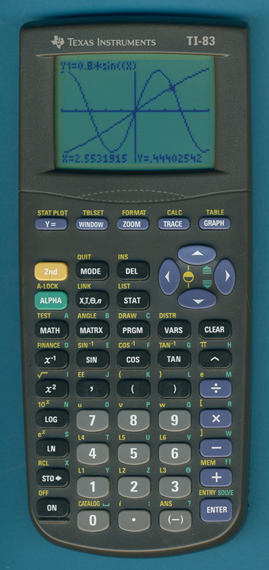

Example Encoder Resolution (Bits)īaud rate is unique for each encoder communication protocol and varies by cable length. A 14-bit encoder, for example, can measure 16,384 discrete positions per one revolution of 360°, which would satisfy the above example.

As a result, the resolution is measured in terms of bits N, with the encoder measuring 2 N positions per revolution.
#16 bit resolution calculator code#
The code discs of absolute encoders are patterned to generate a unique digital word for a specific number of angular or linear positions of the load. Next, convert the number of discrete positions required to the next highest bit count. To determine number of discrete positions required (N), first determine the smallest incremental of measurement (I) required within 360 degree rotation:įor example, if you require measuring down to 0.01 degrees, the resulting calculation would be N = 360 / (0.03) = 12,000 discrete positions. Therefore, absolute encoders are not limited by frequency response in relation to total pulses but by the amount of data communication required over a specific sample period, or baud rate. Unlike incremental encoders that are a push only system that output a continuous stream of pulses whenever the shaft is turned, absolute encoders are a call and response system that output a bit or unique word that relates to discrete position only when they are interrogated by the controlling device. Learn more about quadrature encoders and encoding to achieve higher resolutions hereĪbsolute Encoder Resolution (Bits) Calculation Assuming the usage of quadrature encoders with bidirectional output (A and B channels), triggering from the rising and falling edges of the A channel and the B channel will generate four times as many pulses, or 4X encoding. If your encoders standard resolution doesn’t meet your application needs, there is another alternative based on how the signal is decoded through the users drive, PLC or Controller. Max encoder resolution = Operating Frequency x 60 / Max RPMĮxceeding this number will overwork the encoder’s processing capability, which will result in degraded signal output and cumulative error.įor example, if the encoder’s operating frequency is 125kHz and the maximum shaft speed is 1,000 RPM, the encoder ppr calculation for the maximum resolution the encoder supports is 7,500 pulses per revolution (PPR). Combined with the RPM of the application, the frequency response places a practical upper bound on the resolution that can actually be achieved for a particular system and encoder. While DPI and PPI are used interchangeably, they refer to two different terms: PPI is an input image resolution, and DPI is a resolution of an output device, like a printer.Incremental Encoder Resolution (PPR) Calculationįor incremental encoders, the encoder electronics have a maximum frequency response, which limits how rapidly it can generate output pulses. DPI stands for dots per inch DPI is a measure of dot density within an image, in inches.PPCM stands for Pixels Per Centimeter PPCM is a measure of pixel density within an image, in centimeters (cm).



 0 kommentar(er)
0 kommentar(er)
